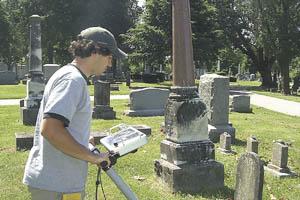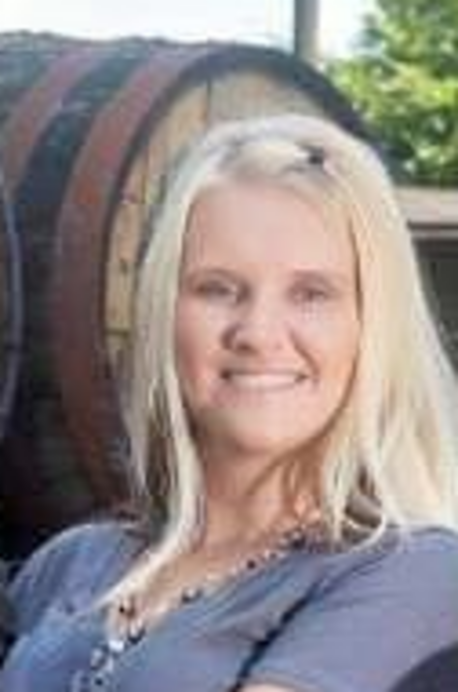Part of cemetery being researched for lost graves
Published 12:00 am Saturday, May 19, 2007

- Doug Waters/Daily NewsEdward Henry with the Kentucky Archaelogical Survey uses a radar device to locate unmarked graves at Fairview Cemetery in Bowling Green.
In a quest for hidden graves, Oakland resident Cora Jane Spiller employed members of the Kentucky Archaeological Survey to plot a patch of land at Fairview Cemetery this week.
On the surface, the land appeared available as a possible burial site for Spiller and her husband, retired Col. Robert Spiller, but she employed the archaeologists to detect any unmarked graves as a precaution.
Philip Mink and Edward Henry, archaeologists with the survey, a joint partnership of the University of Kentucky and the Kentucky Heritage Council, spent part of Thursday morning pushing a roughly $45,000 radar device across the patch of grass.
The device, which looks like a lawn mower at first glance, uses ground-penetrating radar to detect subtle differences in soil density.
“Radar is the best (technology) for cemeteries,” Henry said, noting that it also comes in handy during excavation of American Indian sites.
Thursday’s data was stored in the device’s memory and will be analyzed later, Henry said. The archaeologists were also dispatched by the Spillers to inspect three smaller, family cemeteries on Louisville Road.
Cora Jane Spiller said Fairview Cemetery contains about 200 of her relatives, including her great uncle Duncan Hines, the famous restaurant rating pioneer whose name was branded for packaged cake mixes.
Hines’ cousin, Thomas Henry Hines, a Confederate spy, is another relative buried at Fairview, Robert Spiller said.
Thomas Hines roamed around Kentucky, charting attack locations for Confederate Gen. John Hunt Morgan, who raided Kentucky three times. After the war, Hines became chief justice of the Kentucky Court of Appeals.
“As far as the Union was concerned, he was a bad guy,” Spiller said, concluding a synopsis of famous Fairview tenants.





